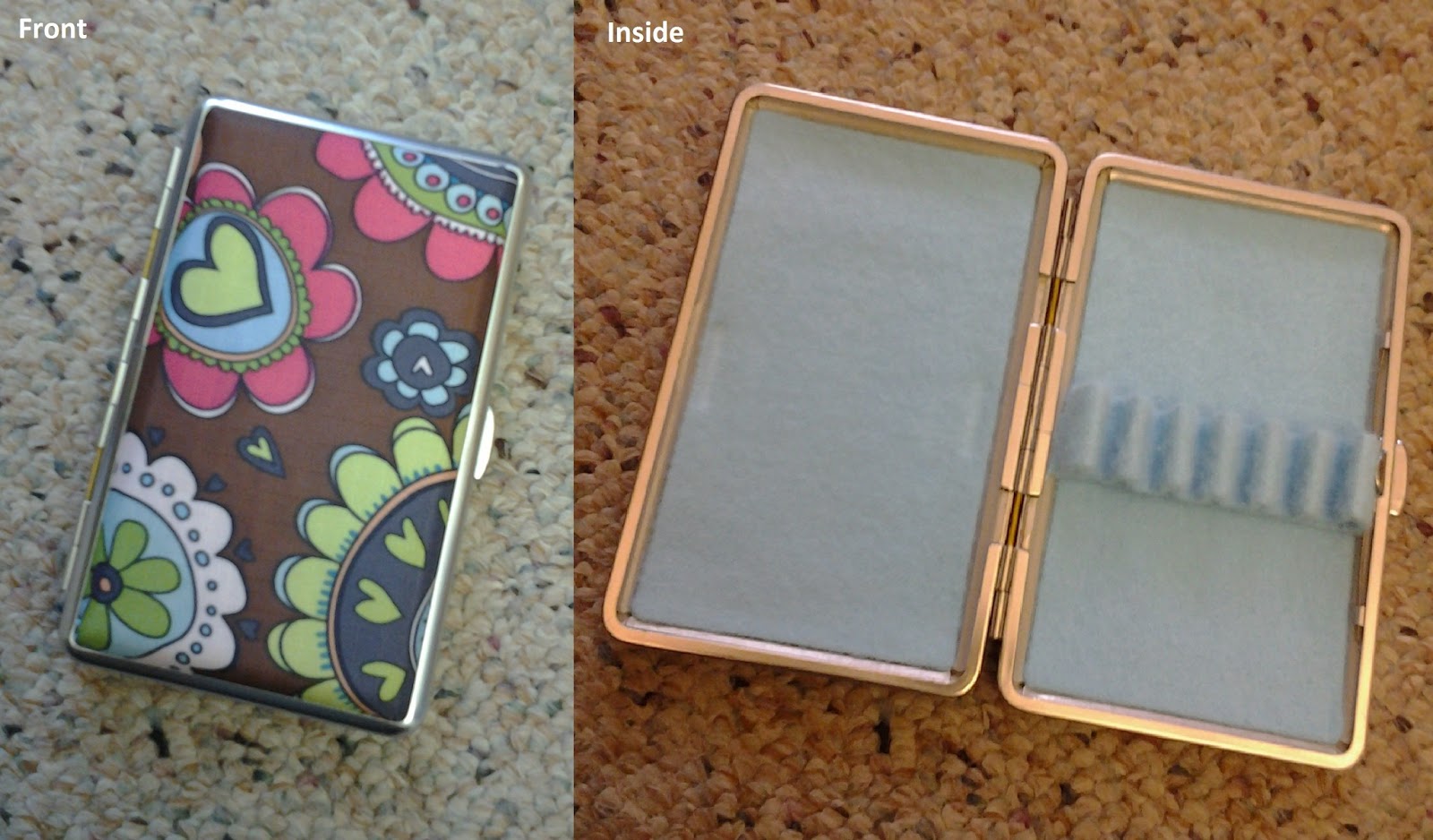I have farewelled hundreds of students in my time, but it is different this time. My students in the past often still live in the area. They graduate or leave for high school, and I am just a part of their journey, a part that just moves through life along with everything else. I still see 'old' students at the shops, attending concerts of younger siblings, on Facebook (once they have graduated high school, of course) and in community ensembles (which is fantastic to see!)
I am leaving the US in this capacity. I don't doubt that I will be back, but it certainly won't be with the same intent. There is a good chance I will never see these students again. I was the one who started them on their musical journey, or was a helping hand when school band got too much, or provided support when they made the decision as an adult to once again learn the instrument they played in school. They aren't leaving or going anywhere, they haven't reached a transitional phase. It's me who is moving on from them, not the other way around, and I come to love my students so strongly that I feel as though I am abandoning them.
Instrumental music tuition is what I do and love, and it creates such a special bond with a student. I have taught in many different arenas and circumstances, and the bond you create with your instrumental teacher is not one you can replicate in any other area. It is not better or worse, it's just different.
I have taught classes of students - I have taught dance (both to dancers and beginner high school students), I have taught class music. I have even taught sport (if you know me, you will know that this is the most hilarious and ironic thing I could have taught. My high school Phys Ed teachers would die of laughter if they knew what my country posting consisted of). You can develop beautiful relationships in these classes - you can encourage teamwork, you observe progression, you watch friendships develop, you gain trust and respect.
What makes instrumental music instruction different?
- We work one-on-one with a student (or sometimes in small groups). We learn all about that one student, and apply what we know to the context of a lesson. The lesson and the progress is tailored to the student. If the student is having an off day, we can change direction that day and come back the next week refreshed. If there is a concept that is proving more challenging than usual, we can spend more time with it, or come back to it later. Most importantly, when you work one-on-one with a student, you learn the whole student, not just what they are working on.
- We work in an area that is passionate, creative and cognitive. Music fits into every learning area - it is artistic, linguistic, cultural and scientific. We help students across so many areas, and it isn't uncommon to see changes in other areas of life when music becomes involved. Music is a way of baring the soul. You are learning a new skill that only you have control of, and we love the fact that students can be comfortable enough with us that this can happen.
- We are a constant in an ever-changing world. In private instruction, we continue to give lessons whether the student is moving from primary to high school, having relationship breakdowns, changing jobs, welcoming a new sibling or moving house. Being a point of stability inspires us to keep our teaching relevant and reliable. It is also wonderful being able to observe the growth of a student through life's challenges as an outsider - as a person and as a musician.
One of the most wonderful parts of the job, for me, is watching a student become as passionate as I am about music. This can take so many forms. One that always stands out is seeing students graduate high school (or start an instrument as an adult), and then play next to you in a community band. Music hasn't necessarily become a career, as it won't for many instrumentalists. But it is a passion that will continue to be explored. At this point, I realise that I have fulfilled my job as a teacher - I have instilled passion in my students.












